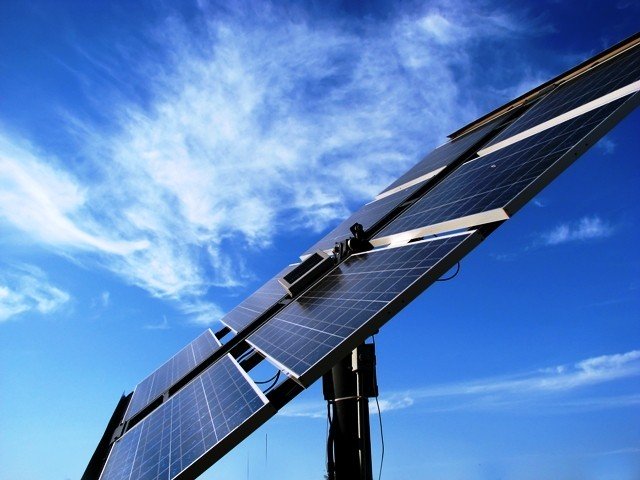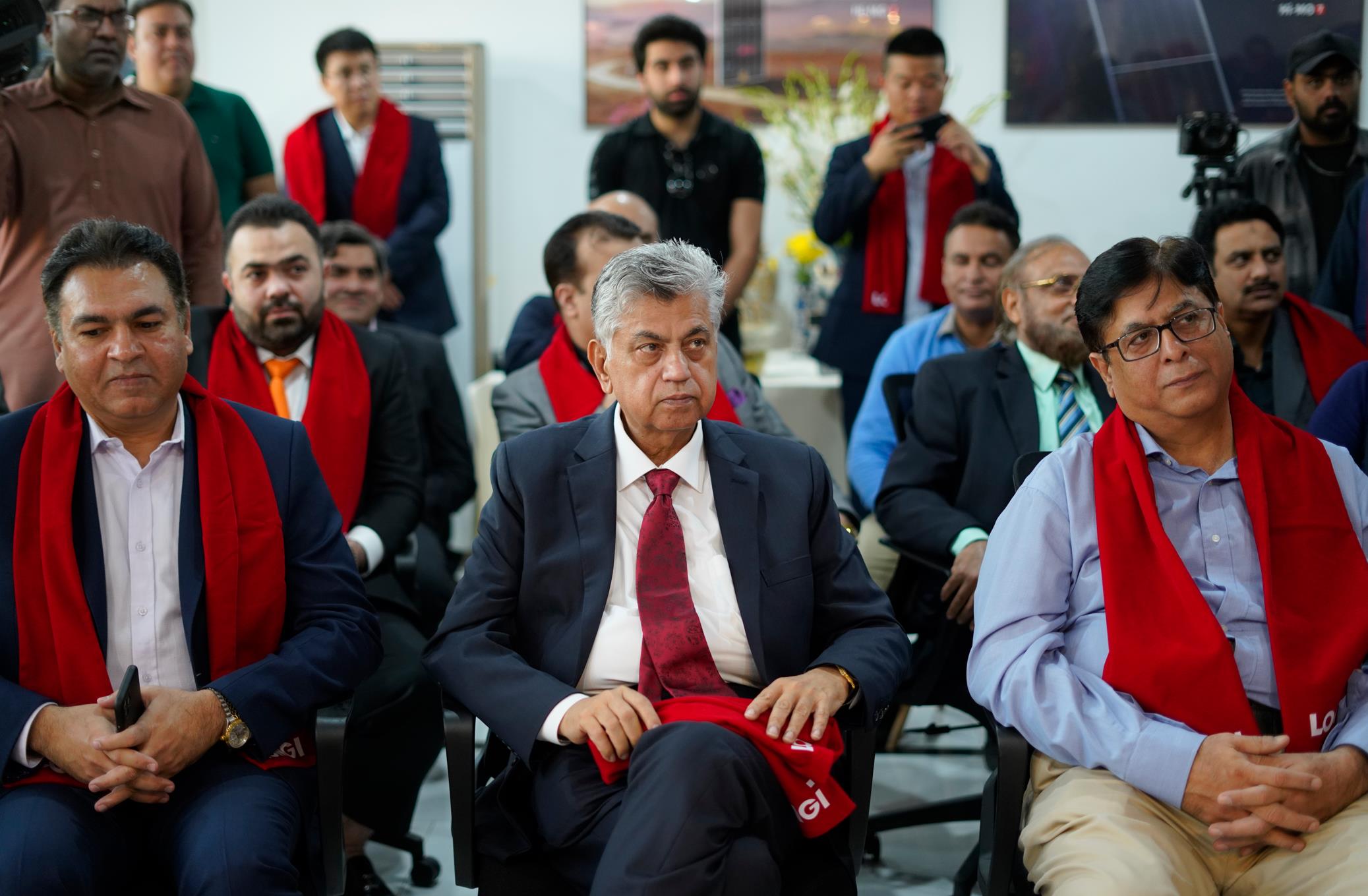ghazi52
PDF THINK TANK: ANALYST

- Joined
- Mar 21, 2007
- Messages
- 101,794
- Reaction score
- 106
- Country
- Location
Sindh to start World Bank-assisted project next month
Aim is to energise 200,000 rural homes using solar power
May 30, 2021
Azeem Samar,

The Sindh government is going to start from next month a World Bank-assisted project to energise 200,000 homes in far-flung rural areas of the province using solar power.Image Credit: Reuters
Karachi: The Sindh government is going to start from next month a World Bank-assisted project to energise 200,000 homes in far-flung rural areas of the province using solar power.
The decision to this effect was reached as Sindh Chief Minister Syed Murad Ali Shah chaired a meeting here at the CM House.
The project will be implemented in the districts of Khairpur, Sanghar, Badin, Ghotki, Jacoabad, Kashmore, Qambar-Shahdadkot, Tharparkar, Sujawal, and Umerkot.
The project is being initially launched in the districts of Sanghar and Khairpur. The vendors of the project in the two districts has been selected by the government.
In each of the district, 20,000 homes will be energised using the solar power. The total cost of the project is Rs four billion.
Sindh Chief Minister highlighted the aspect of the project that it would ensure uninterrupted power supply to the destitute people of the rural areas.
Electric supply
He said that such households should be selected as the beneficiaries of the project, which didn’t earlier have regular electric supply and that also lacked the capability to get the regular power connection.
Each of the selected household will be given a Solar Home System (SHS) comprising of PVC Solar Plates, a lithium-ion battery, three LED bulbs, a DC fan, and a port for charging the cellular phone. The 50 per cent cost of the SHS will be borne by the Sindh government while rest 50 per cent will be paid by the recipient household.
The 60 per cent recipient households of the project will be such families whose head is a female while 40 per cent selected households will be those where a male member heads the family.
The initiative to solarise 200,000 homes in rural Sindh is one of the components of the World Bank-funded US $ 100 million Sindh Solar Energy Project with the aim to increase solar power generation in the province. The other components of the project include development of solar parks and utilising rooftops of the public sector buildings in Karachi and Hyderabad for solar power production.

 gulfnews.com
gulfnews.com
Aim is to energise 200,000 rural homes using solar power
May 30, 2021
Azeem Samar,

The Sindh government is going to start from next month a World Bank-assisted project to energise 200,000 homes in far-flung rural areas of the province using solar power.Image Credit: Reuters
Karachi: The Sindh government is going to start from next month a World Bank-assisted project to energise 200,000 homes in far-flung rural areas of the province using solar power.
The decision to this effect was reached as Sindh Chief Minister Syed Murad Ali Shah chaired a meeting here at the CM House.
The project will be implemented in the districts of Khairpur, Sanghar, Badin, Ghotki, Jacoabad, Kashmore, Qambar-Shahdadkot, Tharparkar, Sujawal, and Umerkot.
The project is being initially launched in the districts of Sanghar and Khairpur. The vendors of the project in the two districts has been selected by the government.
In each of the district, 20,000 homes will be energised using the solar power. The total cost of the project is Rs four billion.
Sindh Chief Minister highlighted the aspect of the project that it would ensure uninterrupted power supply to the destitute people of the rural areas.
Electric supply
He said that such households should be selected as the beneficiaries of the project, which didn’t earlier have regular electric supply and that also lacked the capability to get the regular power connection.
Each of the selected household will be given a Solar Home System (SHS) comprising of PVC Solar Plates, a lithium-ion battery, three LED bulbs, a DC fan, and a port for charging the cellular phone. The 50 per cent cost of the SHS will be borne by the Sindh government while rest 50 per cent will be paid by the recipient household.
The 60 per cent recipient households of the project will be such families whose head is a female while 40 per cent selected households will be those where a male member heads the family.
The initiative to solarise 200,000 homes in rural Sindh is one of the components of the World Bank-funded US $ 100 million Sindh Solar Energy Project with the aim to increase solar power generation in the province. The other components of the project include development of solar parks and utilising rooftops of the public sector buildings in Karachi and Hyderabad for solar power production.

Sindh to start World Bank-assisted project next month
Aim is to energise 200,000 rural homes using solar power











